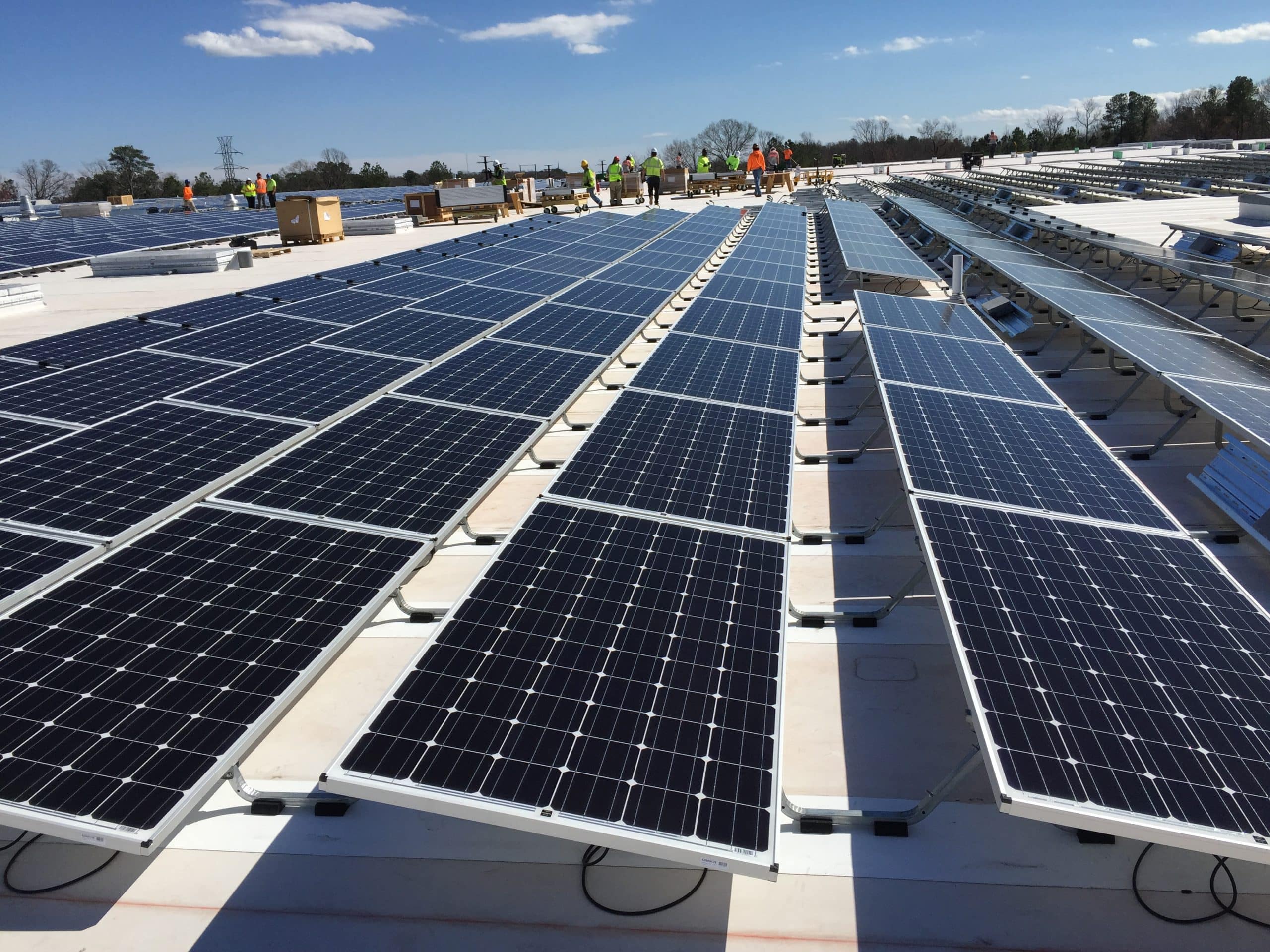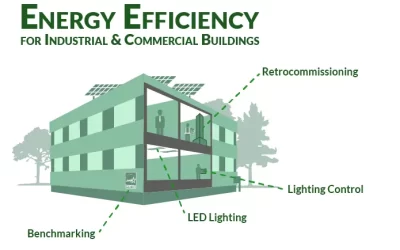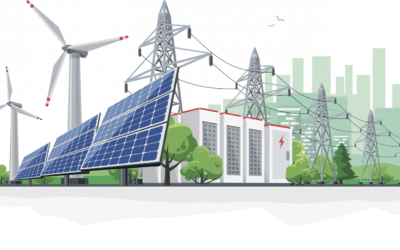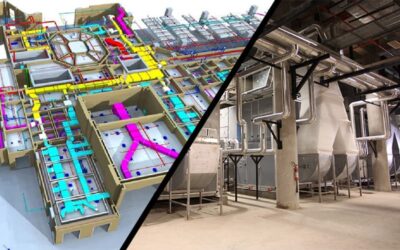The solar energy market has been projected to reach $300 billion by 2032, making efficient solar panel installation crucial for those seeking to be part of this growth story. Designing solar panels plays a key role in optimizing energy generation, increasing system performance, and maximizing returns on investment. To achieve these goals, a systematic approach is necessary, encompassing site assessment, sizing, module selection, electrical considerations, and system layout.
Step 1 involves assessing energy needs and conducting a comprehensive site analysis to determine the appropriate size and capacity of the solar panel system. This entails understanding electricity consumption patterns, peak demand periods, and future growth projections, while also evaluating factors such as roof orientation, shading, and structural integrity.
Step 2 centers around selecting the right solar panel technology and components, considering options like monocrystalline, polycrystalline, and thin-film panels, along with inverters, mounting systems, and wiring. Budget, sunlight availability, and system size play a significant role in the decision-making process.
Step 3 focuses on sizing and layout design, ensuring optimal energy production by calculating the number of solar panels and their arrangement based on energy consumption, available space, and sun exposure.
Step 4 addresses electrical design and wiring, which is critical for the safe and efficient operation of the solar panel system. Proper electrical design encompasses wire sizing, fusing, and protection devices, as well as the selection and installation of inverters. Grounding and surge protection measures are also implemented to safeguard the system.
Step 5 involves performance monitoring and system optimization, where data on the system’s performance is collected and analyzed to identify areas for improvement. Regular monitoring allows for the tracking of energy production and detection of potential issues, enabling quick adjustments to maximize energy generation.
By following this step-by-step guide, individuals and businesses can design efficient and reliable solar panel systems that contribute to a sustainable future and tap into the growing solar energy market. Seeking the expertise of professionals in MEP design and services ensures compliance with regulations, enhances system performance, and promotes safety.








0 Comments